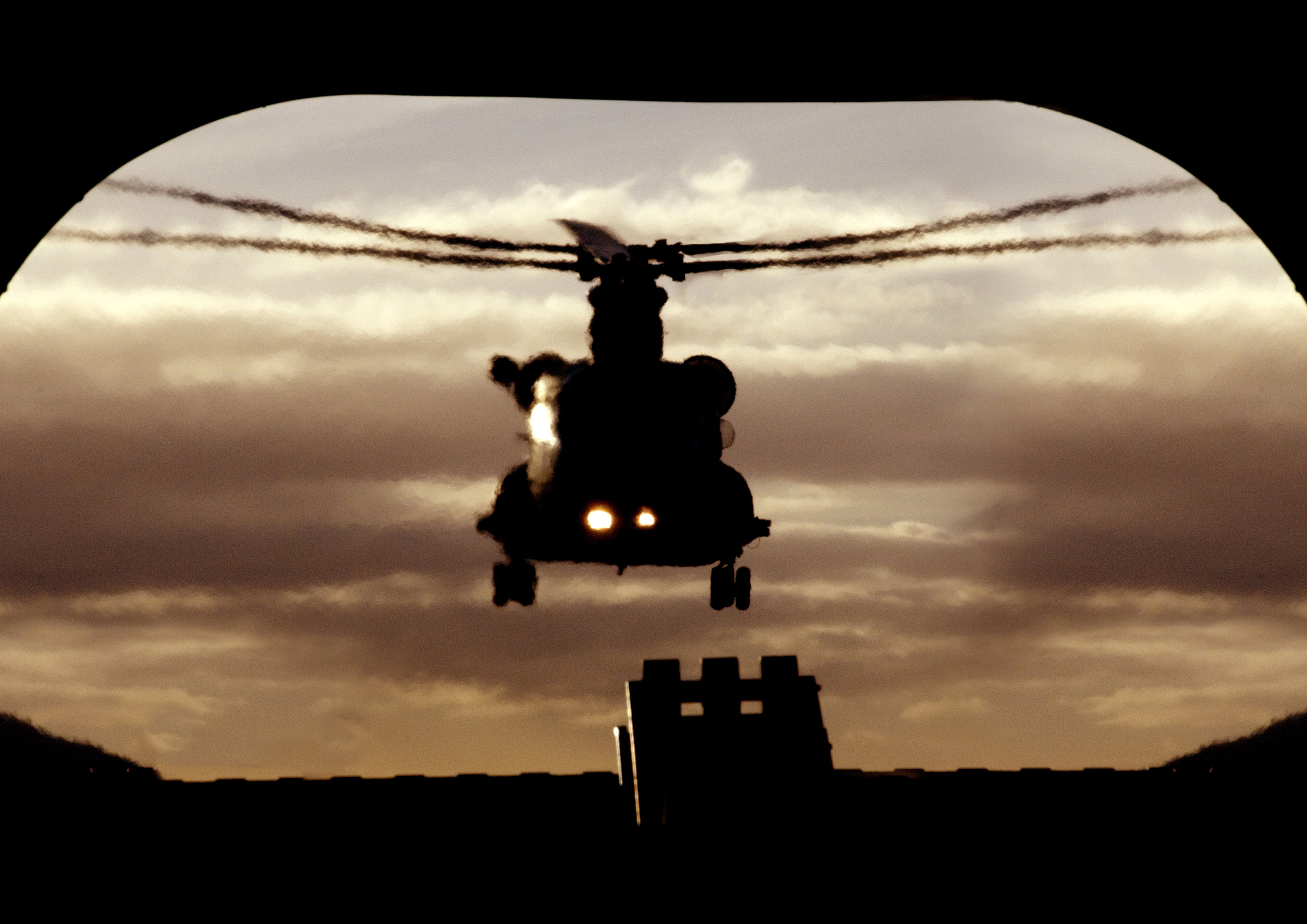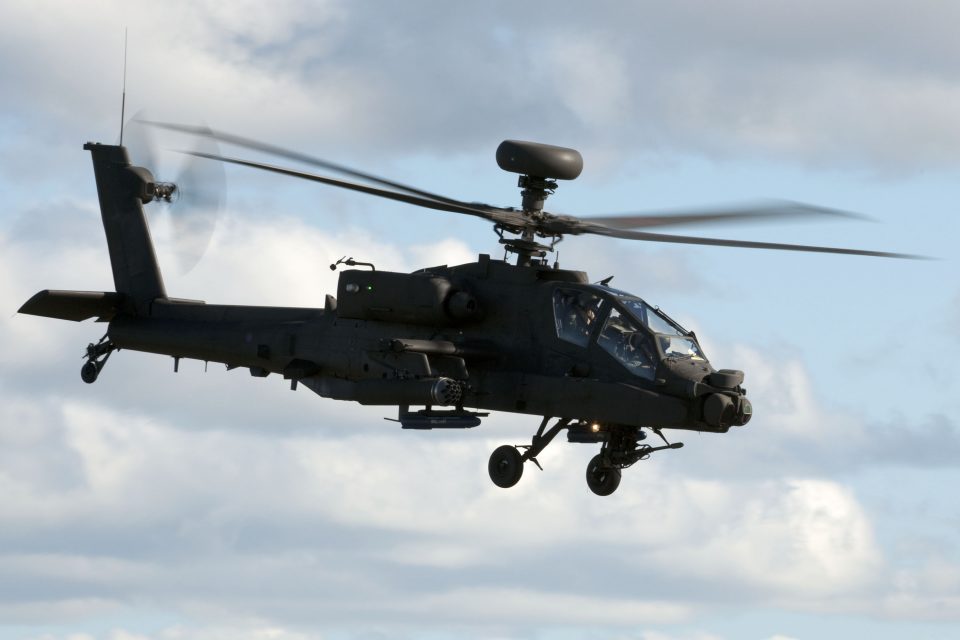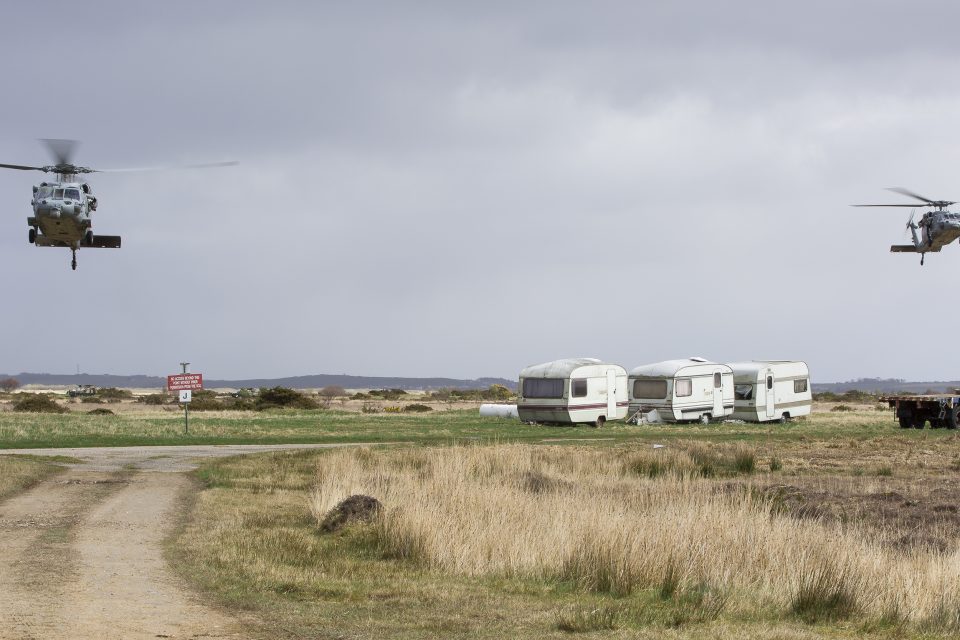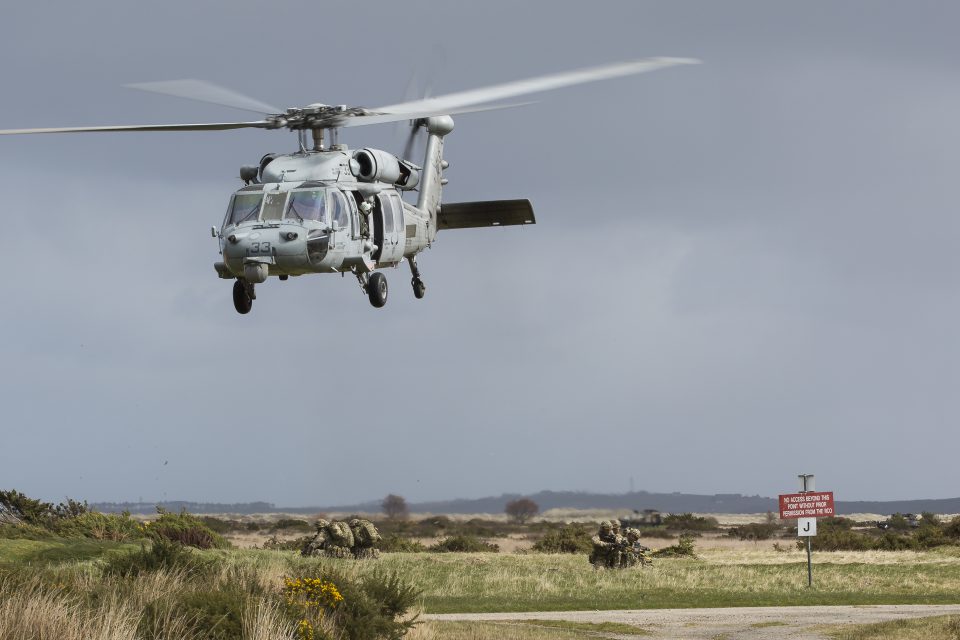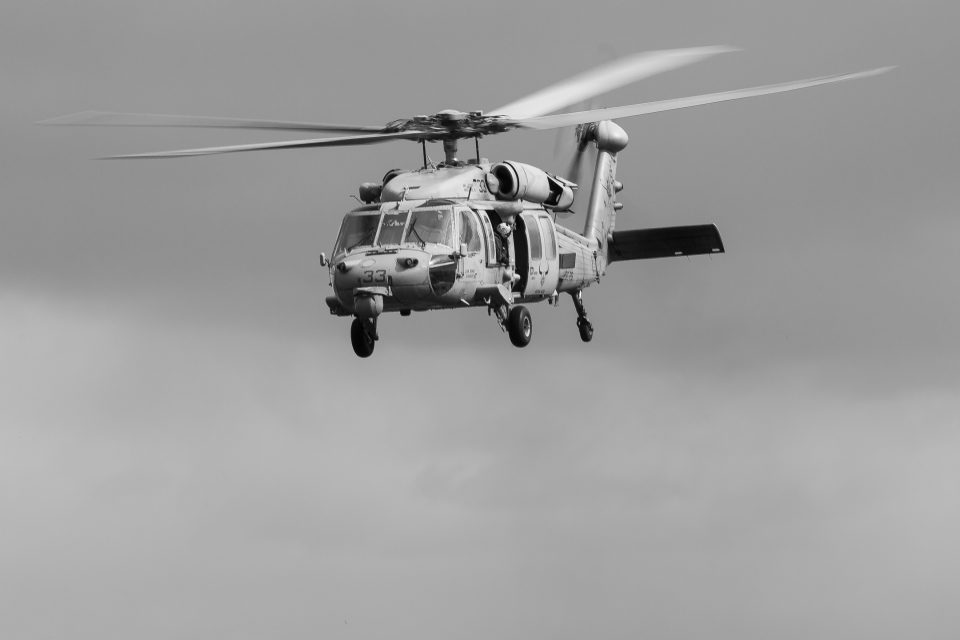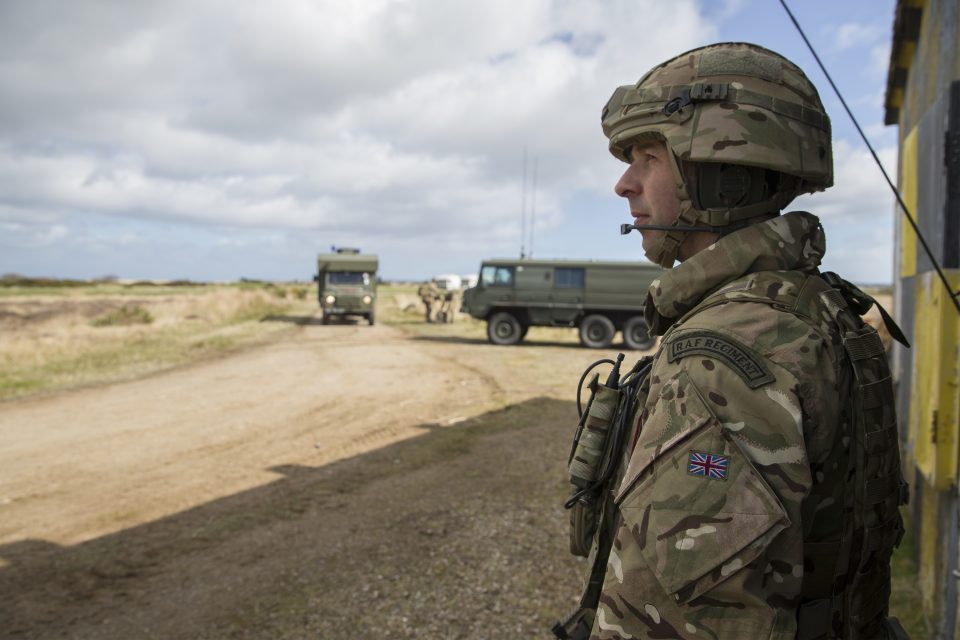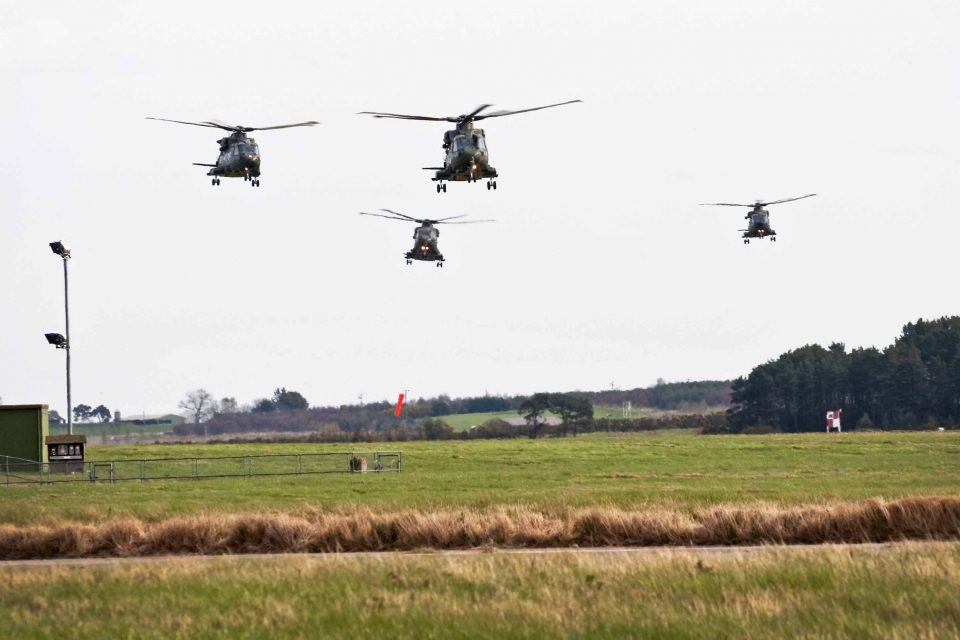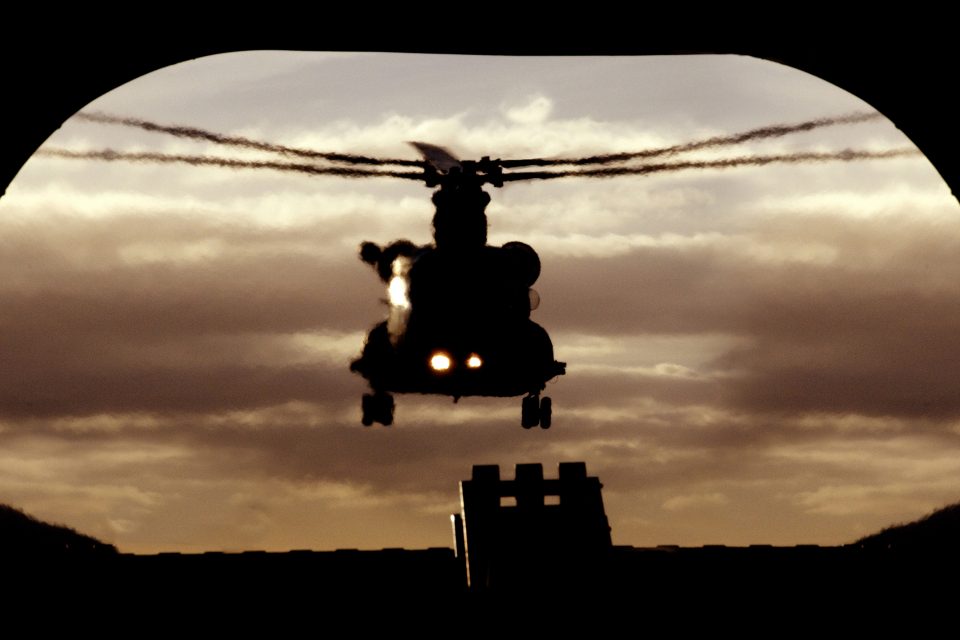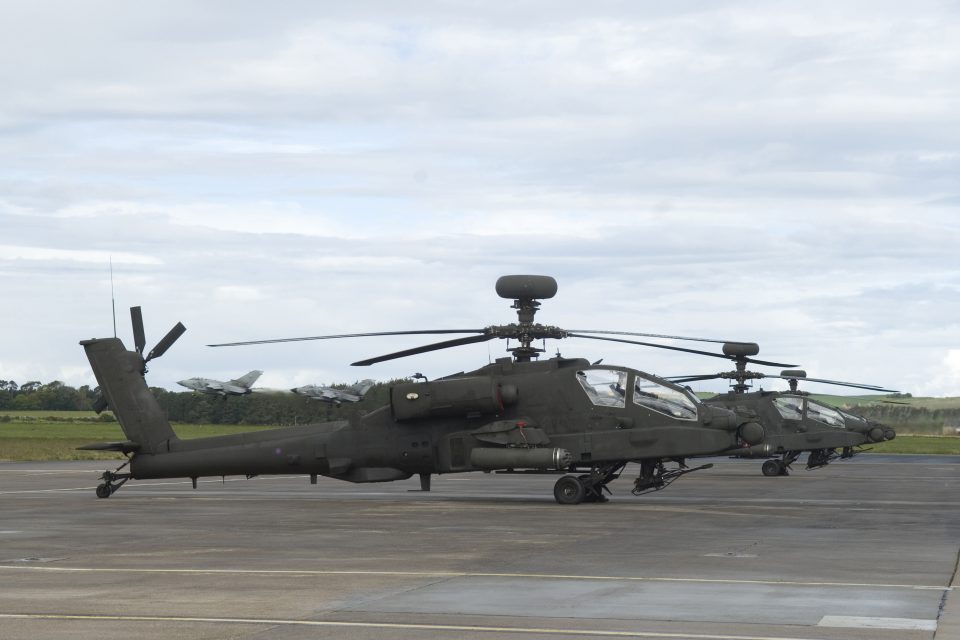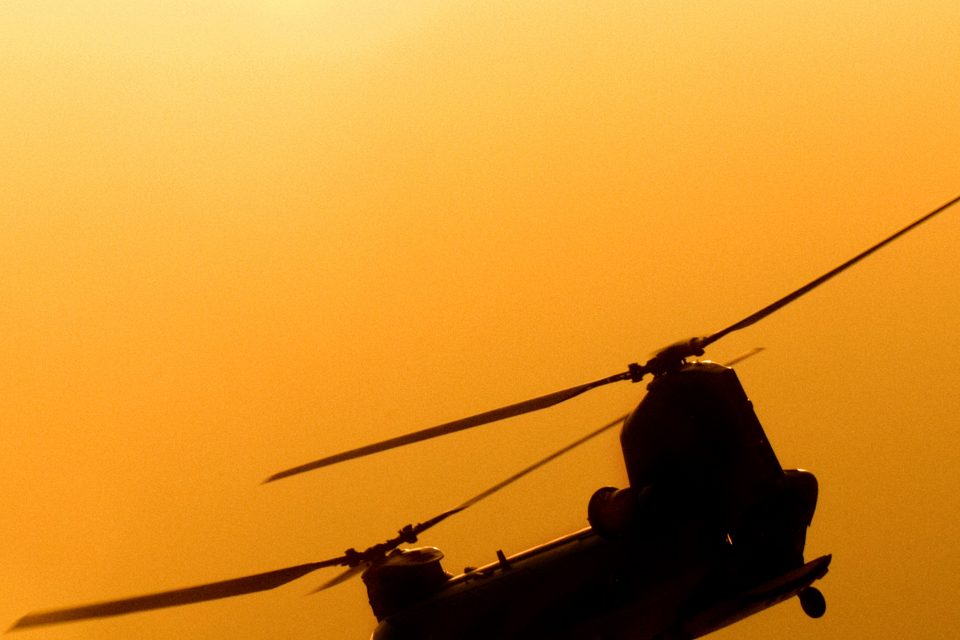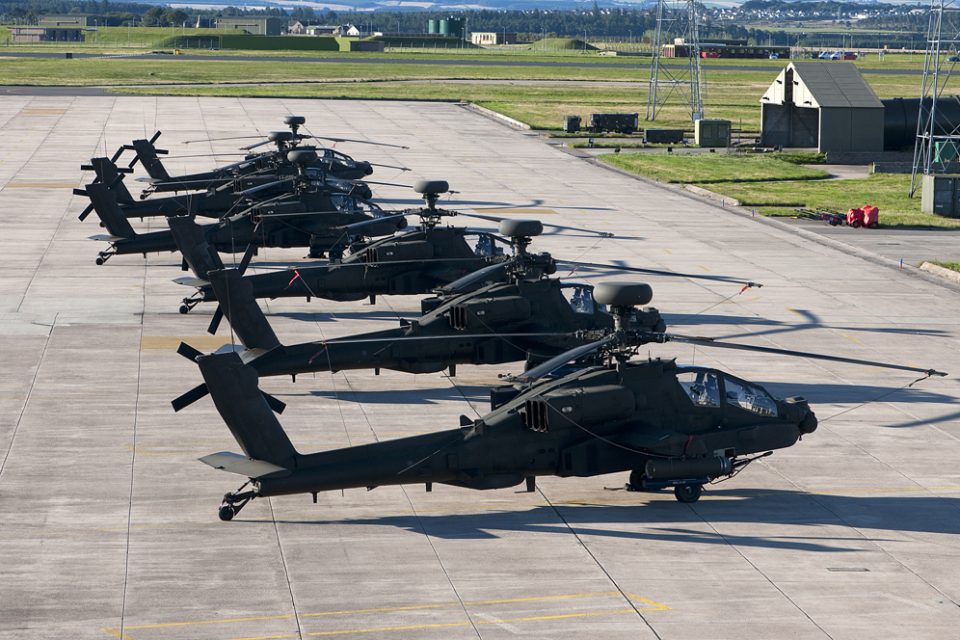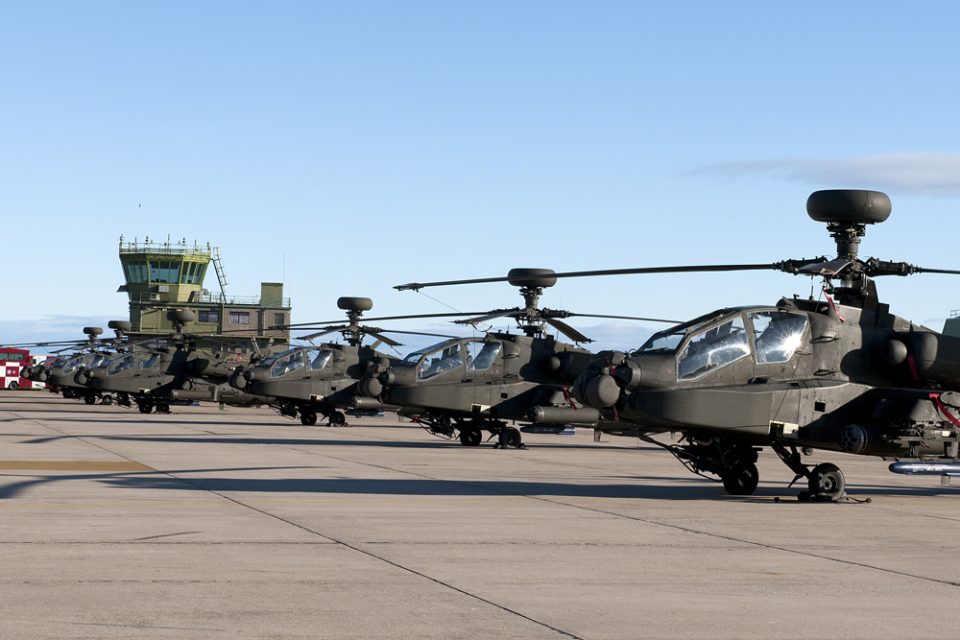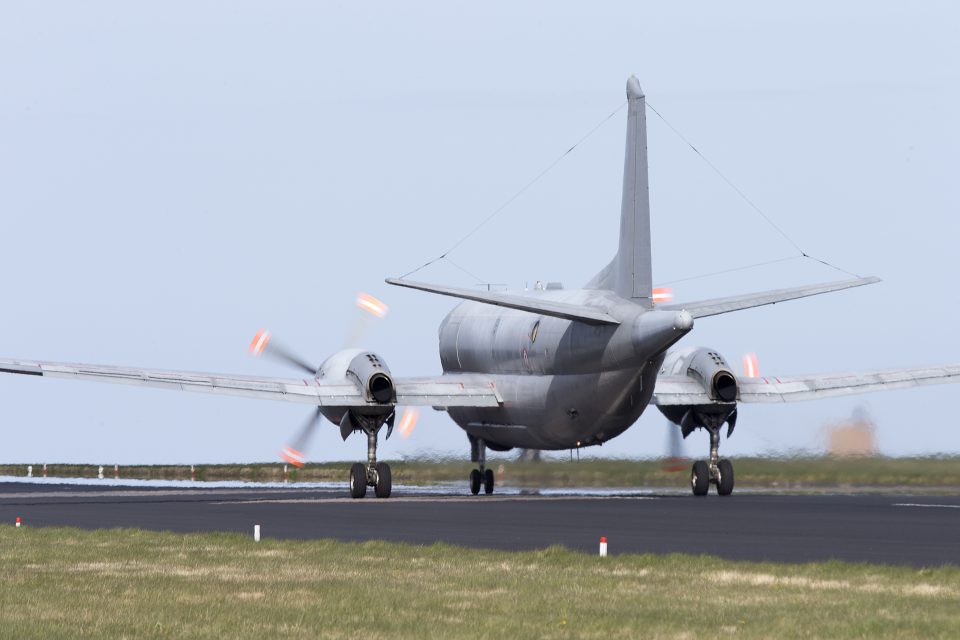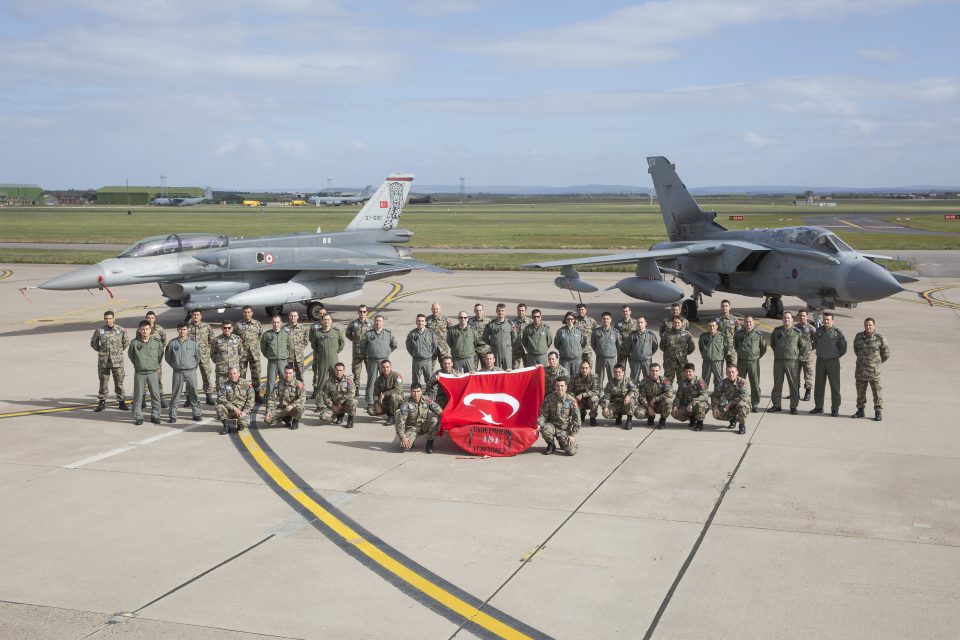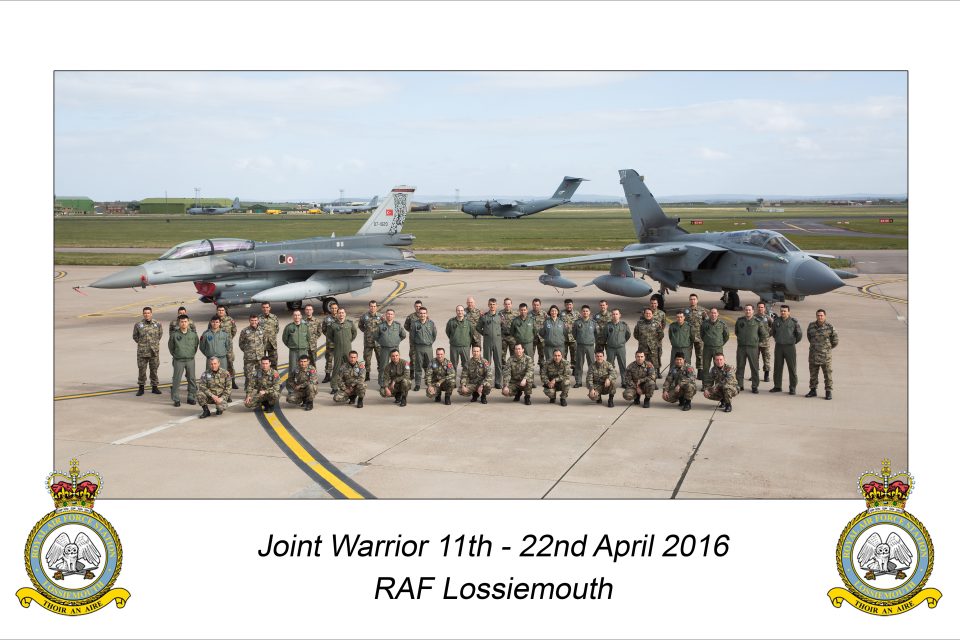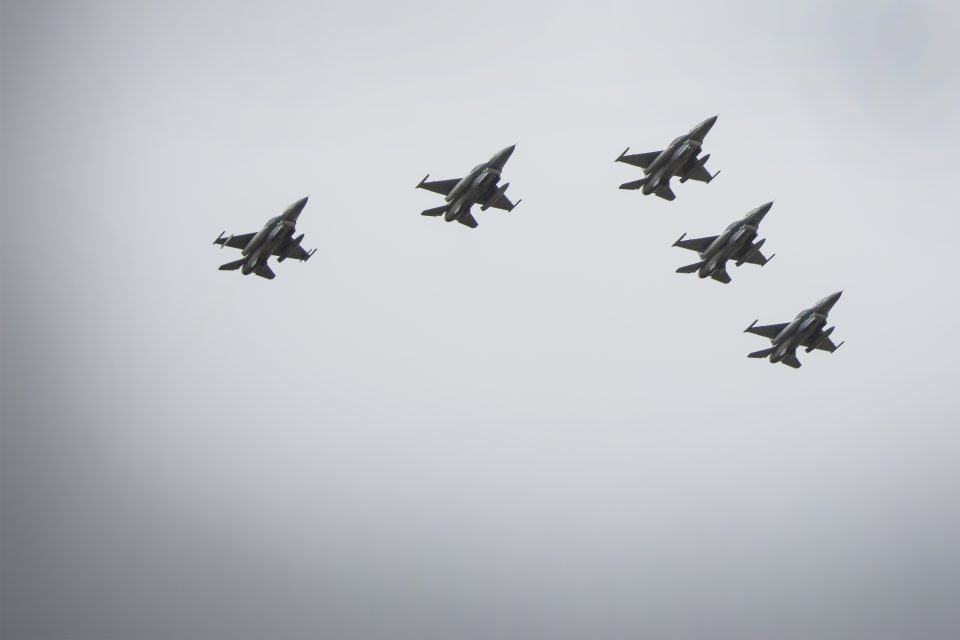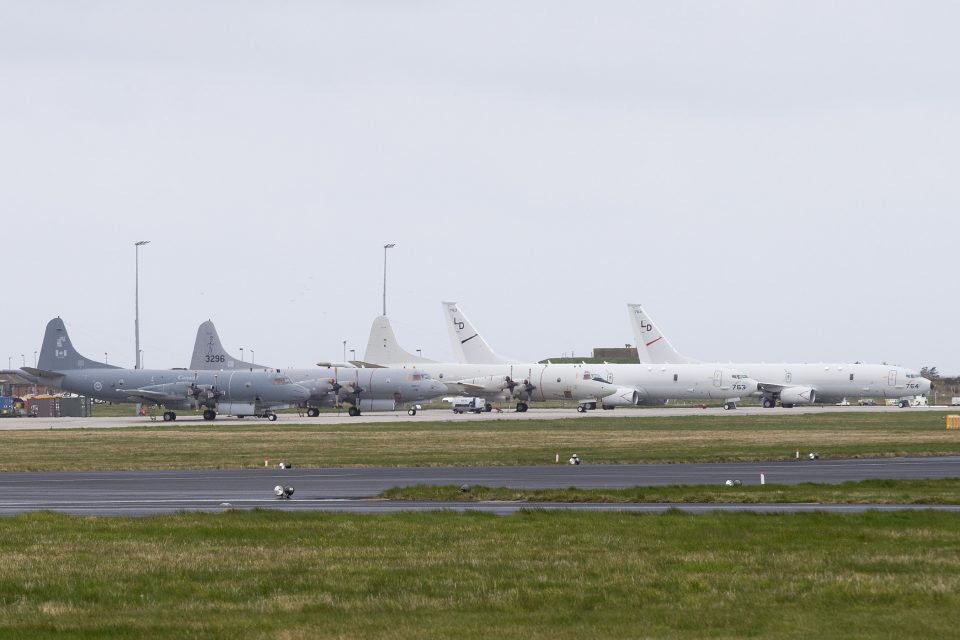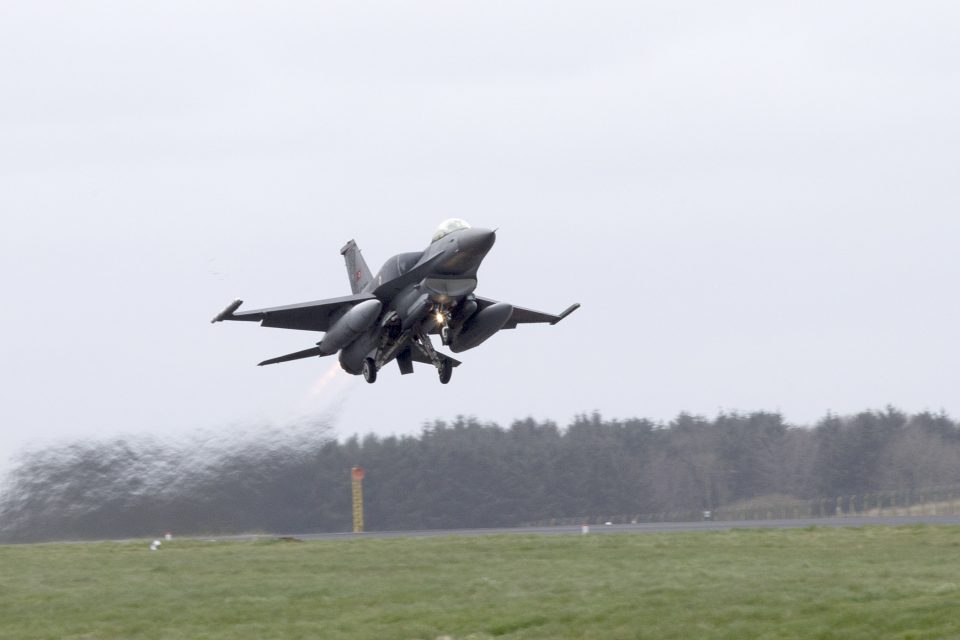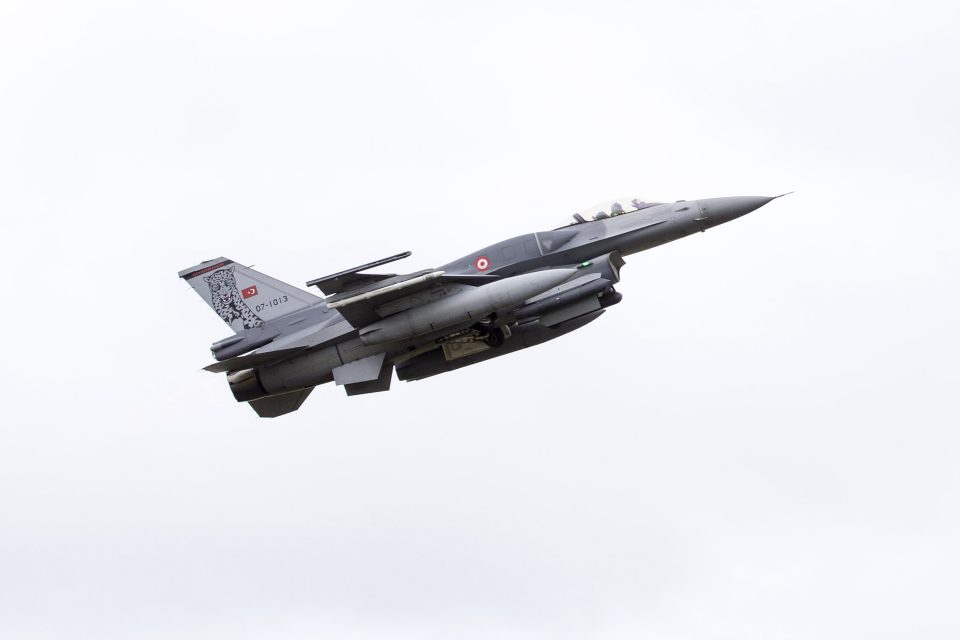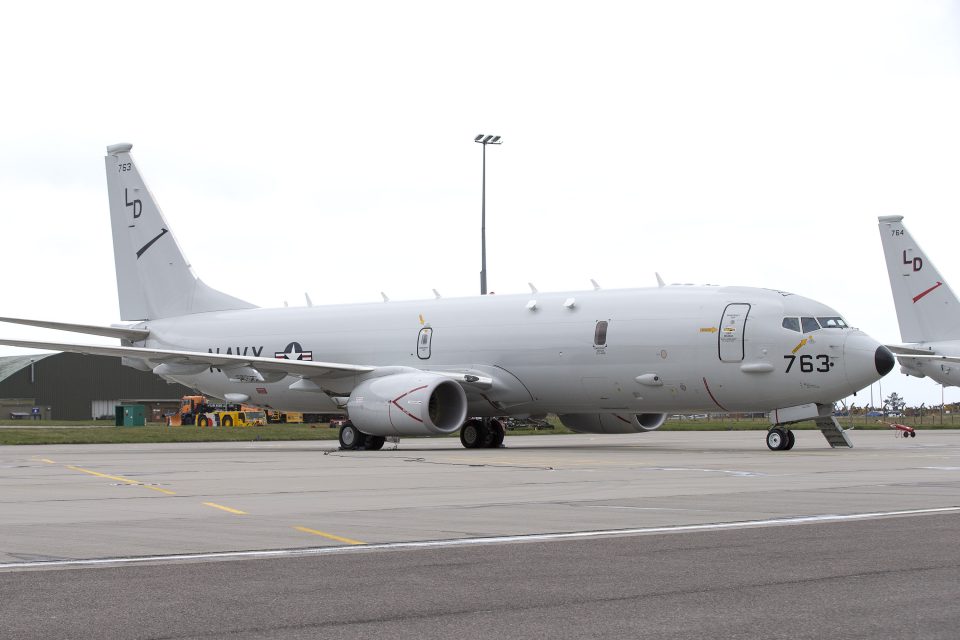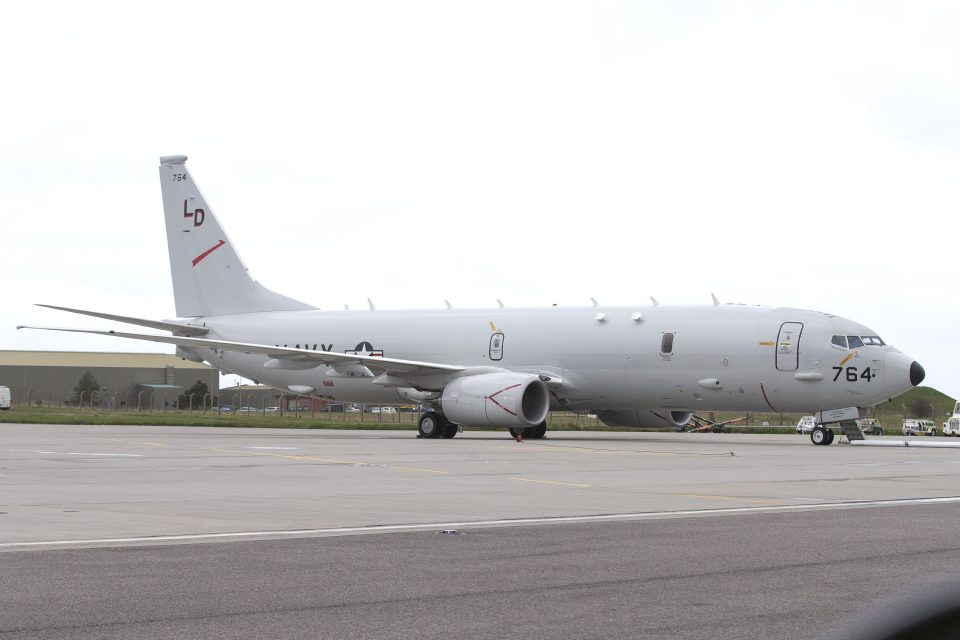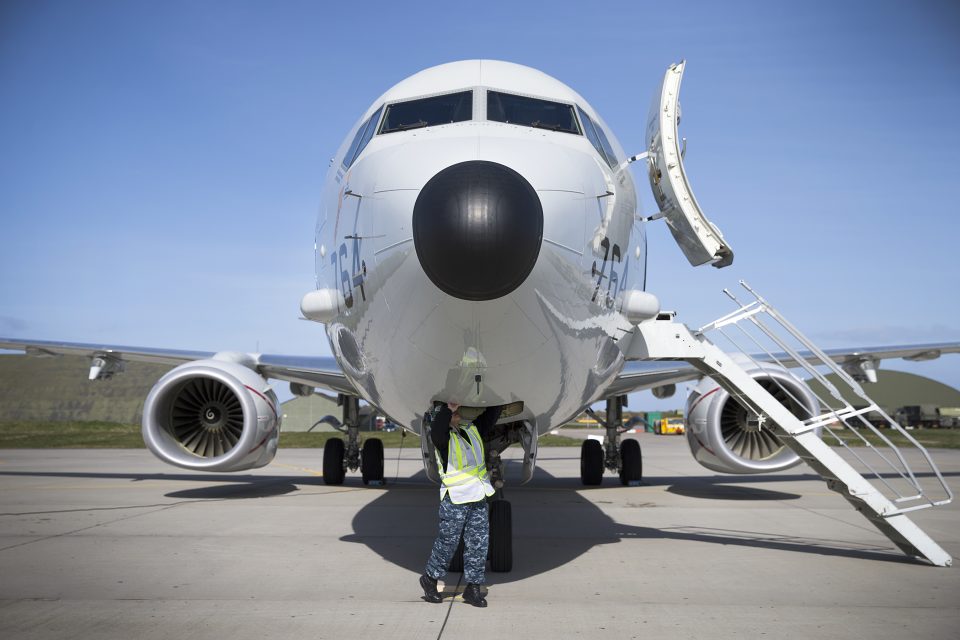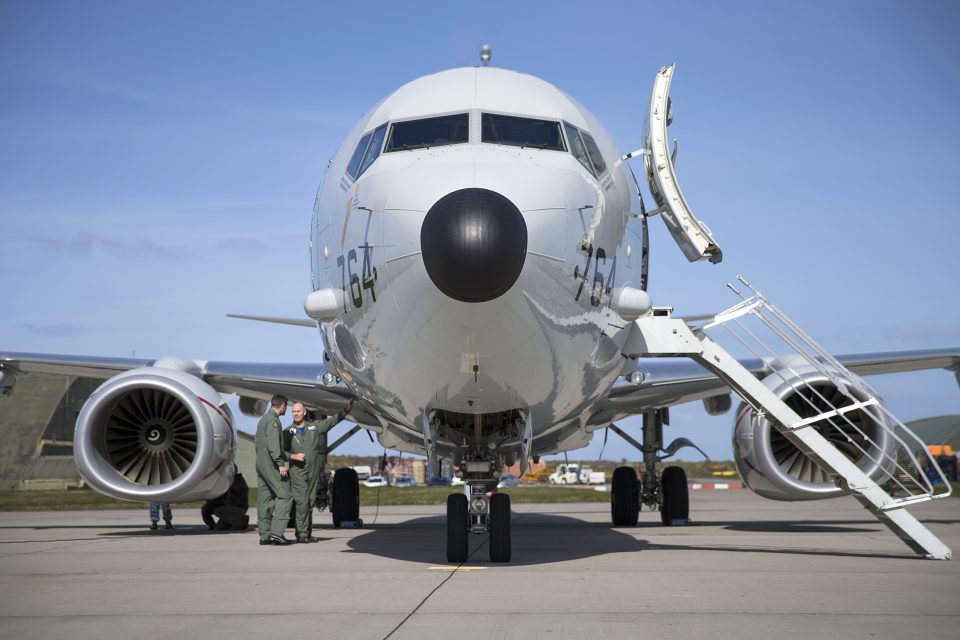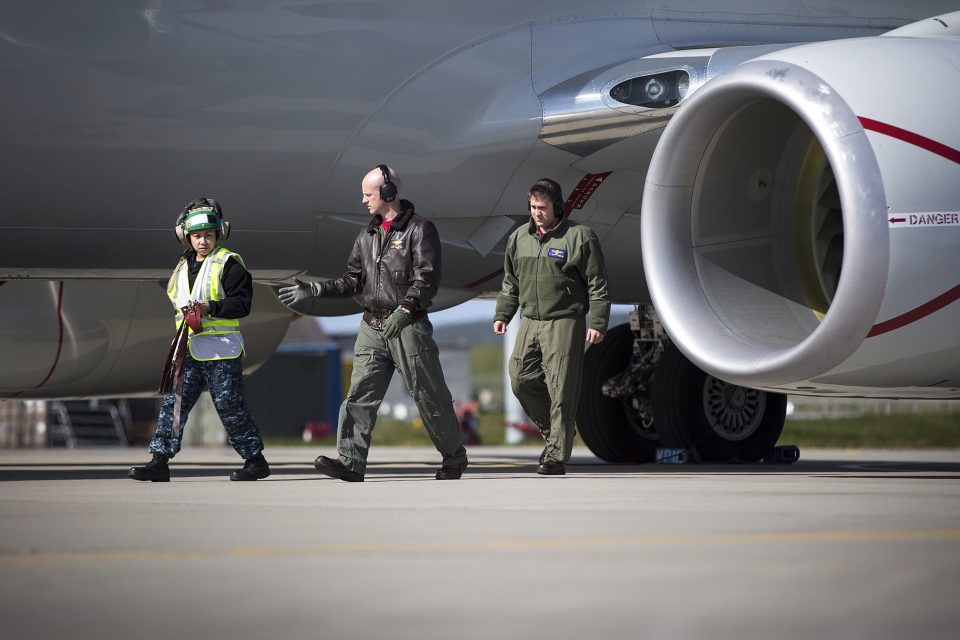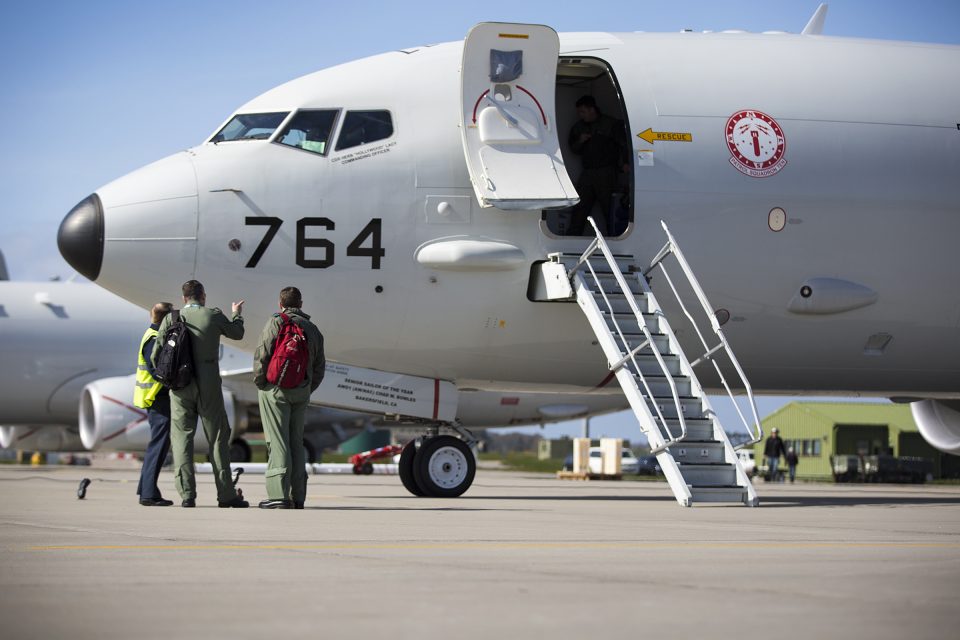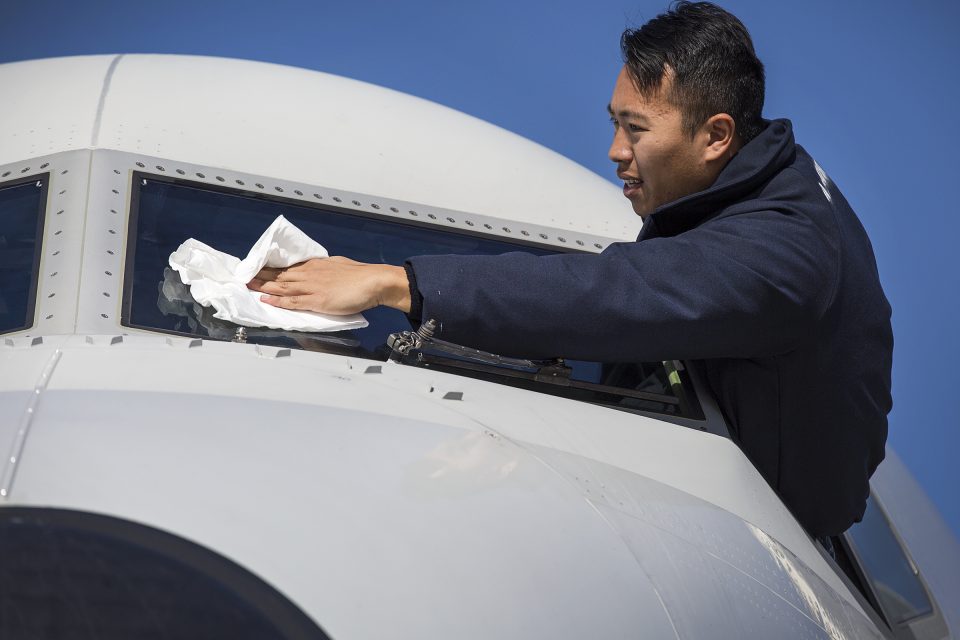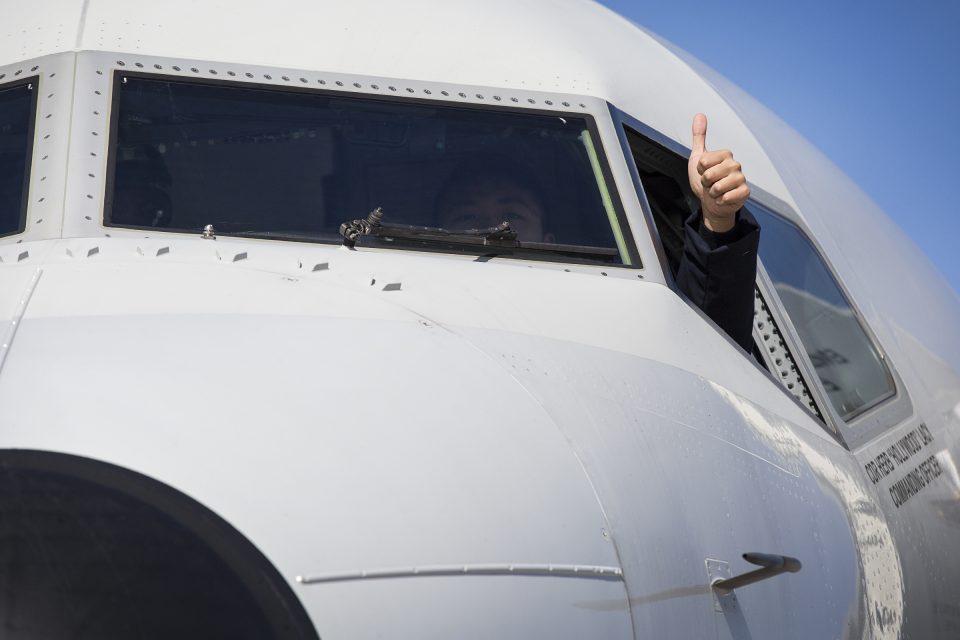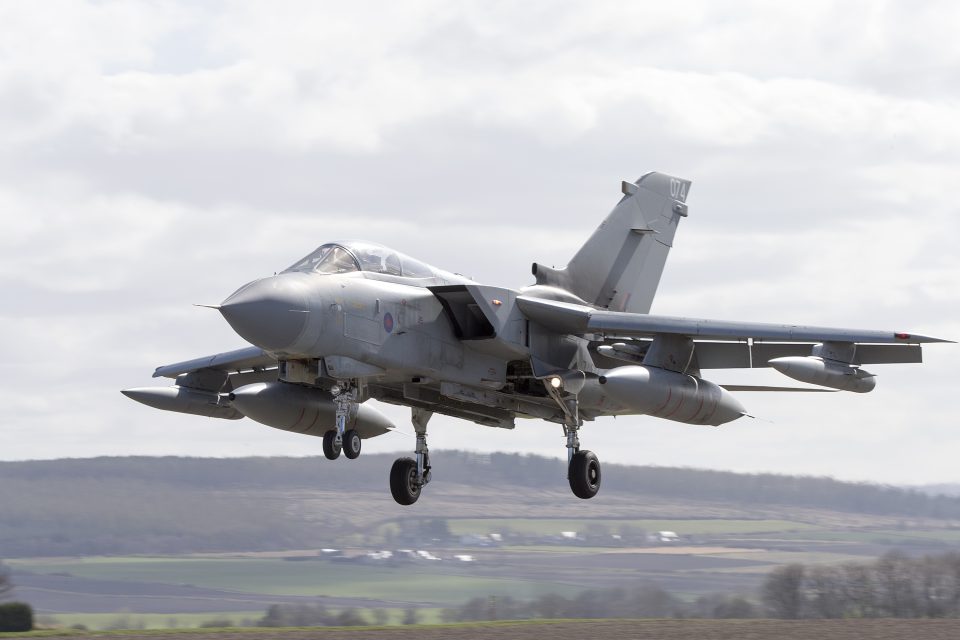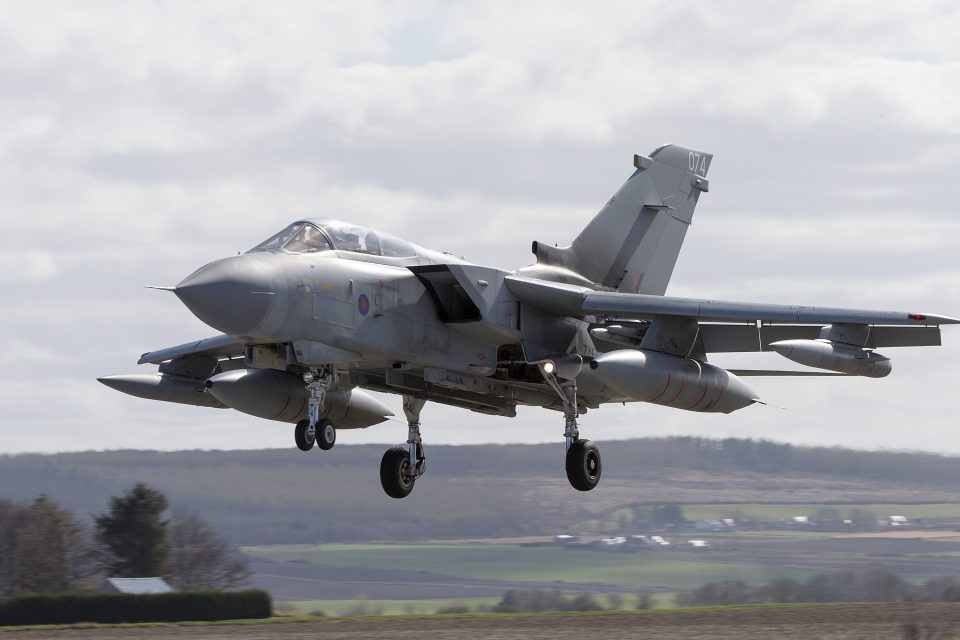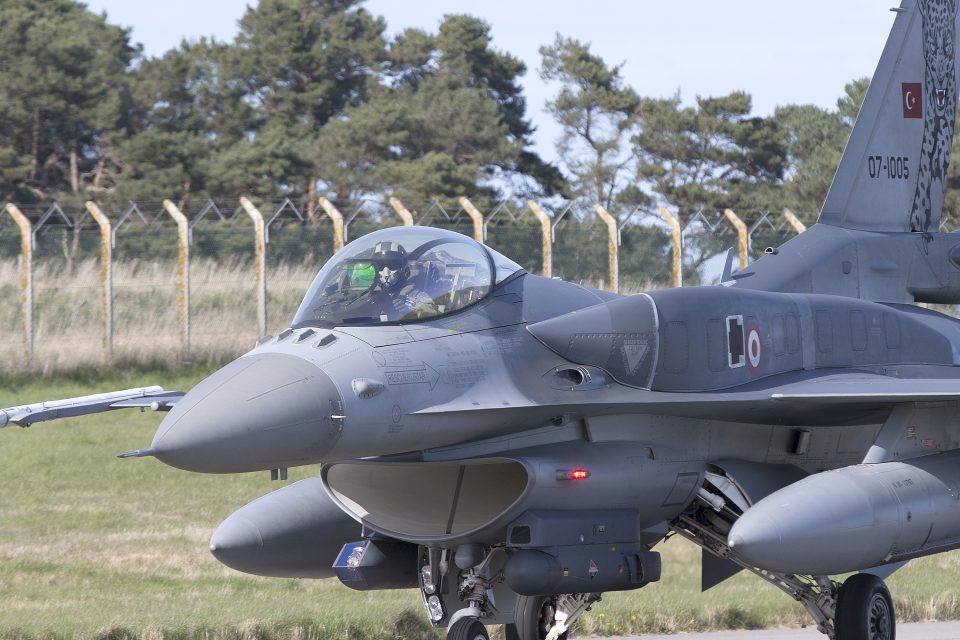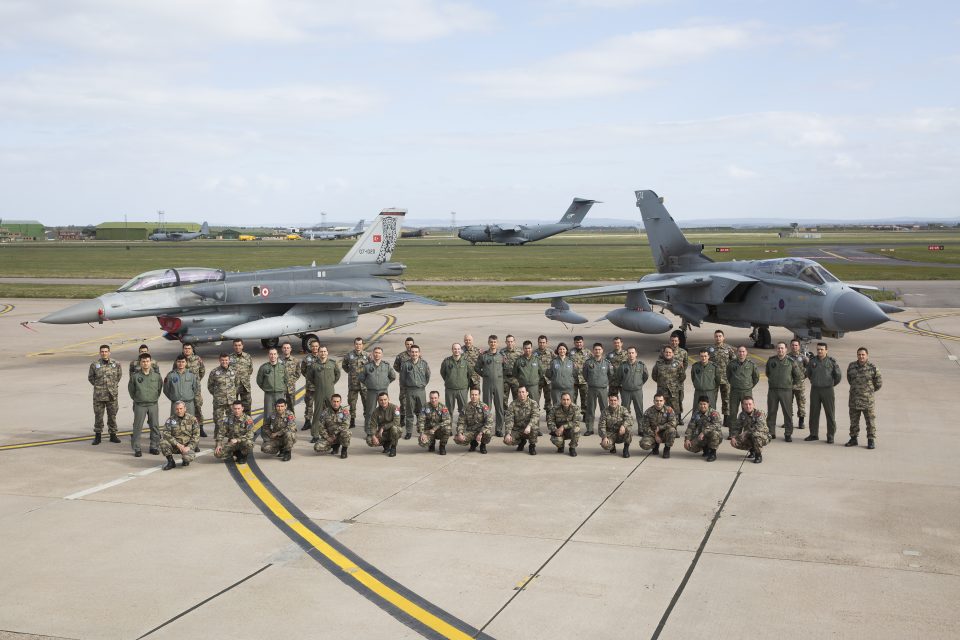2016-04-30 Army units operate periodically at RAF Lossiemouth to provide for their specialized capabilities to the joint force.
In the slideshow below, the first few photos show an Army assault unit taking an airfield as part of the Joint Warrior 2016 exercise.
The British Army’s rapid reaction force has demonstrated the unique reach and agility that its specialist air manoeuvre capabilities provide to the military.
An aviation assault to capture the airfield at Kinloss Barracks today (Mon 7 Apr) marked 16 Air Assault Brigade’s arrival on Exercise Joint Warrior, the biggest annual military exercise in Europe.
Troops from the 3 PARA Battlegroup landed at Kinloss in Chinook, Merlin and Puma 2 support helicopters, protected by Apache attack helicopters, to assault the airfield.
Once secured, more troops and heavier equipment were delivered across the day by C-130 Hercules transport aircraft.
Airfield capture is a key skill required for the brigade’s role as the Air Assault Task Force, which is ready to deploy anywhere in the world at short notice to conduct the full range of military operations from non-combatant evacuation operations to warfighting.</p>
The operation was planned and launched from West Freugh, some 250 miles away near Stranraer.
The troops deployed from their base in Colchester last week, passing through the Joint Air Mounting Centre (JAMC) in South Cerney, Gloucestershire, for vehicle and personnel checks.
On Saturday (5 Apr) they took over West Freugh from 3 Commando Brigade Royal Marines and carried out battle preparations, including a parachute jump. Kinloss will now be established as a base for further missions, which could include helicopter-borne infantry strikes and stabilisation operations.
The next few photos show Army presence in the Joint Warrior 2016 exercise, which along with Cold Response earlier this year in Norway show NATO training its forces of the defense of the North Atlantic and Northern European areas.
The next few photos in the first slideshow highlight an earlier Army training event at Lossie.
Apaches came to Lossie from 2 to 11 September 2013 for Exercise PANTHERS PEAK.
The squadron will conduct mountain flying training in the Scottish Highlands so newly qualified instructors can be taught how to train students in challenging conditions.
Apache pilots learn to fly in mountainous areas as part of their pre deployment training before deploying to Afghanistan.
673 Squadron, 7 (Training) Regiment Army Air Corps, is an apache training squadron based at the Army Aviation centre, Middle Wallop in Hampshire.
The role of the squadron is to: train new pilots,pilots returning to the aircraft after a period of non flying related tours and newly qualified instructors.
The detachment of Apaches shows the versatility of the Station and their ability to cater for a variety of aircraft. RAF Lossiemouth will see an increase in such exercises over the next few years to train alongside the TyphoonForce and utilise the airspace, as the area means the aircraft can be used to their full operational capability.
The final three shots in the slideshow are there because they are just cool.
According to the UK MoD website published April 11, 2016 prior to the exercise, Joint Warrior 2016 was described as follows:
RAF Lossiemouth is set to host a small contingent of international Maritime Patrol Aircraft (MPA) and F-16 fast jets for Exercise Joint Warrior 16-1 which will take place from the 11th to the 22nd of April.
Exercise Joint Warrior is a tri-service and multinational exercise conducted in the UK during the spring and the autumn of each year. The exercise will involve more than 31 warships and submarines, 60 aircraft, and a total of around 6,500 personnel from the 14 participating nations.
This year RAF Lossiemouth will be hosting MPA aircraft such as the P3 Orion, Atlantique and the new P-8 Poseidon which is planned to be based in Moray. RAF Lossiemouth’s Typhoons will also take part in the Exercise alongside a detachment of Turkish F-16s.
Flight Lieutenant Guy Radcliffe, the Exercise Operations Officer at RAF Lossiemouth, said:
“The hosting of these Exercise participants will involve every section at RAF Lossiemouth. In order to facilitate each visiting units’ individual requirements for the Exercise, planning has been ongoing since last year to ensure that we are ready.
“It will be an extremely busy fortnight for the Station and the airfield itself. Particular challenges will involve working with different coalition countries, operating large aircraft from an airfield which is set up for much smaller, fast jets and fitting it all around RAF Lossiemouth’s own ongoing high operational tempo, essential training and QRA.”
The aircraft from the Canada, Germany, France, Norway, Turkey and the US will begin arriving at RAF Lossiemouth in the weeks leading up to the Exercise…..
Normally RAF Lossiemouth operates its flying programme from 0800 to 2300, however during this Exercise some night flying may take place out with this period.
The slideshow below shows some of the aircraft involved in the exercise and have been provided by RAF Lossiemouth during my visit and are credited to them.
And at the conclusion of the exercise, a local reporter provided a wrap up.
Ben Hendry in story published in The Press and Journal on April 23, 2016 noted the following:
A major military training exercise hosted by RAF Lossiemouth has drawn to a close, with fleets of international aircraft jetting off from the base throughout yesterday.
Operation Joint Warrior brought some of the world’s most advanced fighter jets into the skies above Moray, where they staged a series of spectacular aerial training sessions.
More than 3,400 Nato troops took part in the land, sea and air war games event – including 22 ships, four submarines and more than 40 aircraft from a dozen Nato nations and three partner countries.
For the past two weeks the region has been buzzing with excitement about the event, with enthusiasts flocking from far and wide to glimpse the awe-inspiring machines in person.
But by yesterday afternoon, a hush had descended on the base as normality began to reassert itself.
One onlooker, who made several trips to the viewing area at the northern edge of the RAF Lossiemouth runway, hailed the success of the event.
The former RAF serviceman said that a fleet of Turkish F-16 jets had been the main attraction for a lot of the aviation enthusiasts who visited the area for the event.
He added: “The Turkish jets flew on missions twice almost every day, and were involved with some important training sessions.”
A German crew which had been participating in the war games exercise was unexpectedly called away shortly after it begun, and many experts believe they were summoned to assist with international operations.
A fleet of Poseidon aircraft attached to Patrol Squadron 10 at the “Red Lancers” Naval Air Station in Jacksonville, Florida, proved of special interest to observers and Lossiemouth personnel – as the airfield will secure its own brand new deployment of the craft in the coming years.
The hulking spy planes were stationed at the northern end of the runway throughout the exercise, and it is understood that RAF chiefs plan to keep the station’s new fleet in that area.
RAF experts who have maintained their surveillance skills since the UK’s fleet of maritime patrol aircraft was decommissioned in 2010 spent time conferring with the American pilots and learning more about the machines.
It is believed that they will train the crews who will work with the machines when they take up a permanent residence at RAF Lossiemouth.
https://www.pressandjournal.co.uk/fp/news/897689/joint-warrior-concludes/
And for those keen on seeing the movement of aircraft, some footage from Joint Warrior exercise during April 2016 from RAF Lossiemouth, North Scotland can be seen in the video below.
Tornados and Typhoons based at the camp along with visiting aircraft, such as the P-8 and the Turkish F-16s can be seen.
All the photos were provided by RAF Lossiemouth and are credited to them with thanks.


